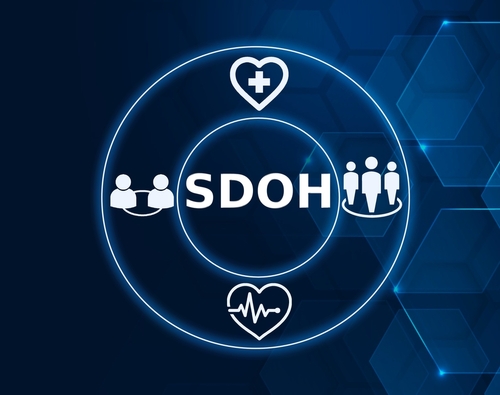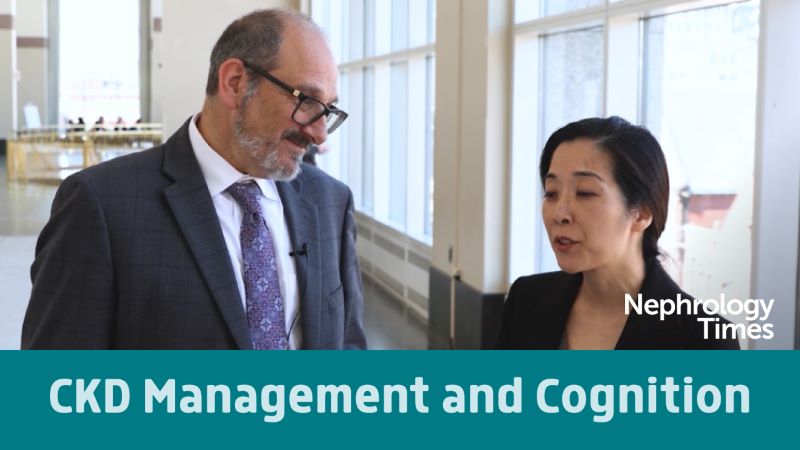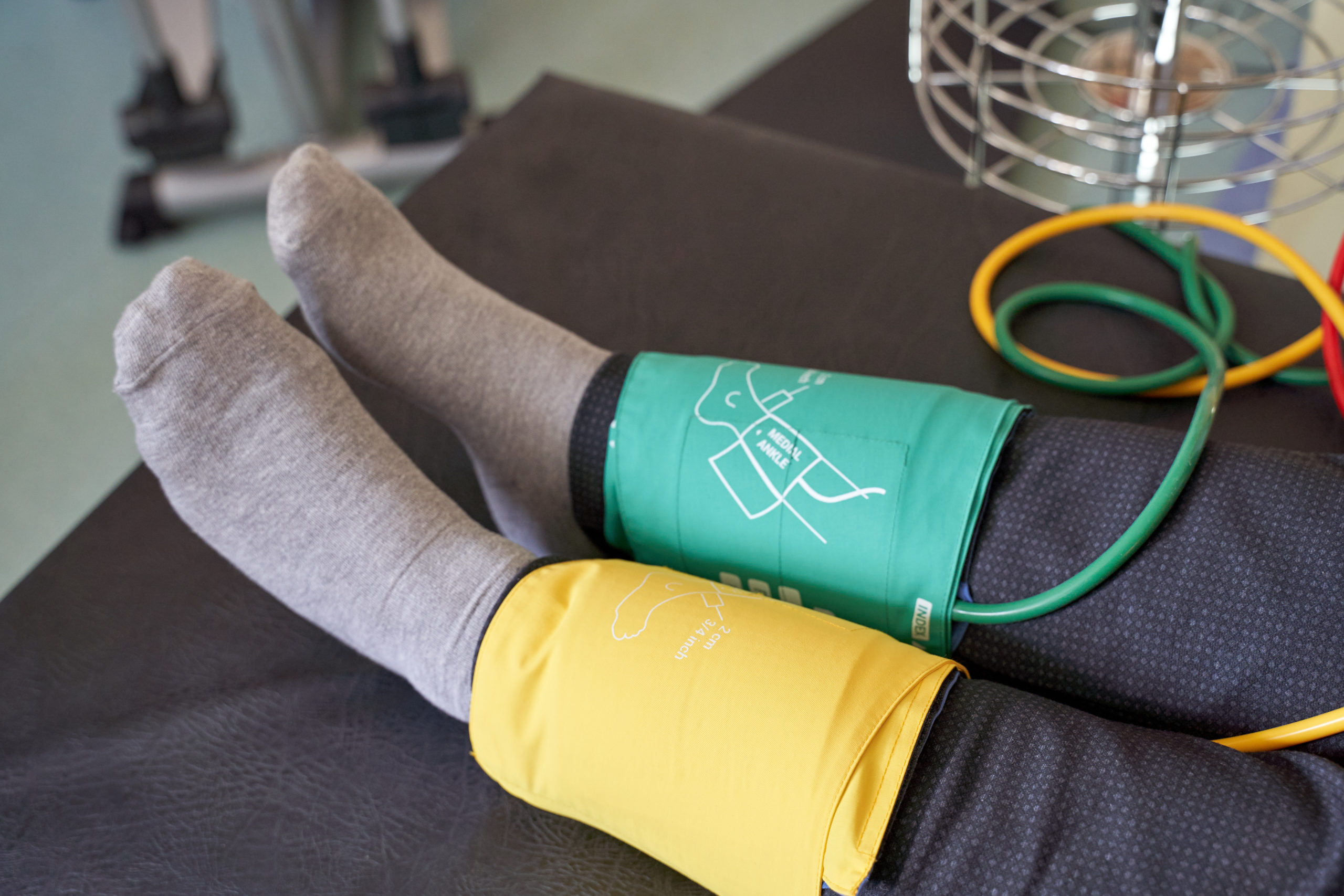
The interplay among obesity, diabetes, chronic kidney disease (CKD), and cardiovascular disease has recently been defined by the American Heart Association (AHA) as cardiovascular-kidney-metabolic (CKM) syndrome. The AHA established a staging framework for CKM ranging from stage 0 to 4. Results of recent studies have shown that between 2011 and 2020, approximately 90% of adults in the United States met the criteria for CKM stage 1 or higher. Furthermore, 15% of US adults met the criteria for CKM stages 3 or 4. There are significant differences in prevalence based on sex and age, with men more likely to have advanced CKM stages than women and advanced CKM stages being more common in adults aged 65 years and older old than in those aged 20 to 44 years.
Social determinants of health (SDOH) are indicators of health equity. SDOH include risk factors such as income, education, employment, housing, food insecurity, and access to affordable health services. Ruixin Zhu, PhD, and colleagues conducted a cross-sectional study to examine whether the prevalence of CKM stages varies by SDOH among US adults. Results were reported in JAMA Open Network.
The researchers used data from the National Health and Nutrition Examination Survey (1999-2018). A nationally representative sample of adults aged 30 to 79 years was identified through multistage probability sampling. The study exposure of interest was CKM stages 0 to 5 reflecting progressive pathophysiology. Advanced CKM was defined as stage 3 or 4. CKM stages were defined based on risk factors for metabolic syndrome, cardiovascular disease, and CKD.
The primary outcome of interest was the age-standardized prevalence of CKM stages and advanced CKM stages across SDOH, including education (high school graduate or higher vs less than high school), marital status (married or living with a partner vs not), family income to poverty ratio (≥300% vs ≤300%), food security (full security vs marginal, low, or very low security), health insurance (private vs government or no insurance), employment, home ownership (own home vs rent home or other arrangement), and access to health care (at least one regular health care facility vs none or emergency department [ED]).
Data from 29,722 participants were analyzed. Weighted mean age was 50.8 years; 49.3% were female, and 50.7% were male. Regarding race and ethnicity, 7.5% self-reported as Mexican American, 12.3% as non-Hispanic Black, 70.9% as non-Hispanic White, and 9.3% as other race and ethnicity. Those with advanced CKM stages were more likely to be older, male, smokers, nondrinkers, and physically inactive and to have unfavorable SDOH.
Among the total cohort, the age-standardized prevalence of CKM stages 0, 1, 2, 3, and 4 was 13.6% (95% CI, 13.0%–14.3%), 29.9% (95% CI, 29.1%–30.7%), 43.7% (95% CI, 42.9%–44.5%), 4.7% (95% CI, 4.4%–5.0%), and 8.1% (95% CI, 7.6%–8.5%), respectively. There were significant differences in the prevalence of CKM stages across age groups, sexes, and SDOH.
Compared with participants with a higher education level, the relative risk ratios (RRRs) for CKM stages 2, 3, and 4 were significantly higher among those with a lower education level, at 1.38 (95% CI, 1.18–1.61), 1.44 (95% CI, 1.12–1.85), and 1.97 (95% CI, 1.63–2.38), respectively). Trends were similar in family income to poverty ratio, food insecurity versus full food security, unemployment versus employment, and home non-ownership versus ownership. Conversely, RRRs for advanced CKM were lower for participants with no regular health care or only ED access compared with participants with access to at least one regular health care facility (stage 3: 0.61 [95% CI, 0.40–0.94]; stage 4: 0.32 [95% CI, 0.23–0.46]).
Participants who were unmarried or not living with a partner had a higher prevalence of advanced CKM compared with their married counterparts (age-standardized prevalence, 14.2% [95% CI, 13.5%–15.0%] vs 12.2% [95% CI, 11.7%–12.8%]). There was also a higher prevalence of advanced CKM observed among those who had a family income to poverty ratio lower than 300% (16.1% [95% CI, 15.4%–6.8%] vs 10.1% [95% CI, 9.5%–10.7%]); those who had food insecurity (18.3% [95% CI, 17.1%–19.6%] vs 11.7% [95% CI, 11.2%–12.2%]); those who had government insurance or lacked health insurance (16.5% [95% CI, 15.7%–17.4%] vs 11.0% [95% CI, 10.5%–11.6%]); those who were unemployed (18.8% [95% CI, 17.7%–20.1%] vs 11.4% [95% CI 11.0%–11.9%]); those who had a lower education level (17.3% [95% CI, 16.4%–18.3%] vs 11.8% [95% CI, 11.3%–12.4%]); and those who lived in a rented home (16.1% [95% CI, 15.2%–16.9%] vs 11.9% [95% CI, 11.4%–12.4%]).
There was a higher prevalence of advanced CKM stages among participants with two or more cumulative unfavorable SDOH compared with participants who had fewer than two unfavorable SDOH (adjusted prevalence ratio, 1.36; 95% CI, 1.26–1.46). Conversely, participants with no regular health care or those who used EDs were less likely to have advanced stages of CKM than participants with access to at least one regular health care facility (7.6% [95% CI, 6.6–8.7%] vs 13.2% [95% CI, 12.7%–13.7%]). Except for education level, the results remained robust in the sensitivity analyses. Decision trees revealed that the key SDOH having an influence on CMK stage risk were employment status, health insurance, and family income to poverty ratio.
Among female participants, the likelihood of advanced CKM stages increased for those living in a rented home or not living with a partner. The increased likelihood of advanced CKM stages was not seen in men living in a rented home or those not living with a partner.
There were some limitations to the study findings cited by the authors, including the cross-sectional design, which limited the ability to establish a causal relationship between SDOH and CKM stages; the lack of some data related to cardiovascular disease; not assessing other SDOH such as social cohesion, structural racism, and neighborhood and community environments; and limiting the cohort to adults aged 30 to 79 years and excluding those with extreme values of cardiovascular risk factors.
In conclusion, the researchers said, “In this cross-sectional study, disparities in the prevalence of CKM stages by SDOH, particularly family income, food security, and employment, with notable sex differences, were observed in US adults. These findings highlight the need to address inequities in CKM syndrome through targeted interventions.”
Source: JAMA Open Network







 © 2025 Mashup Media, LLC, a Formedics Property. All Rights Reserved.
© 2025 Mashup Media, LLC, a Formedics Property. All Rights Reserved.